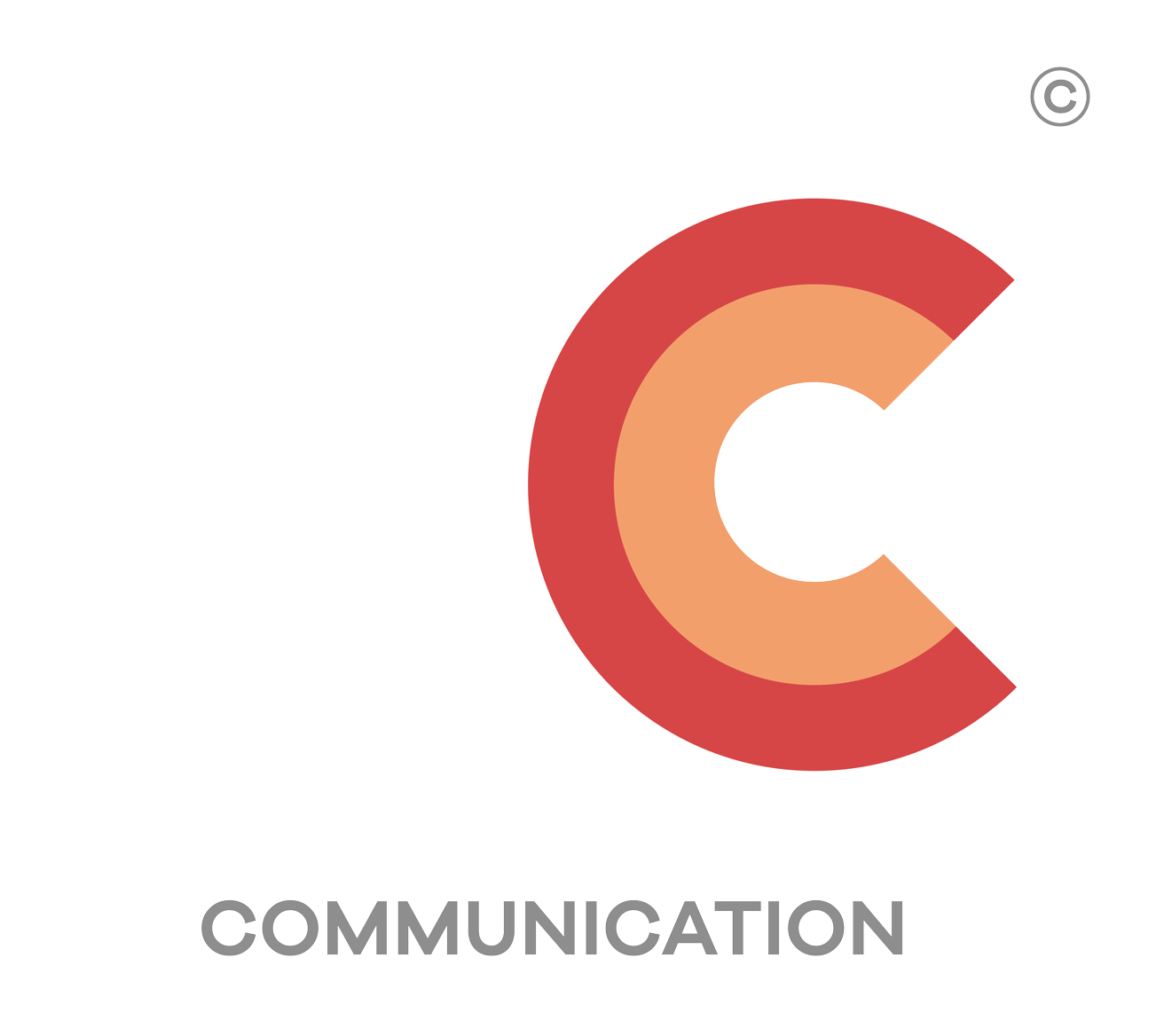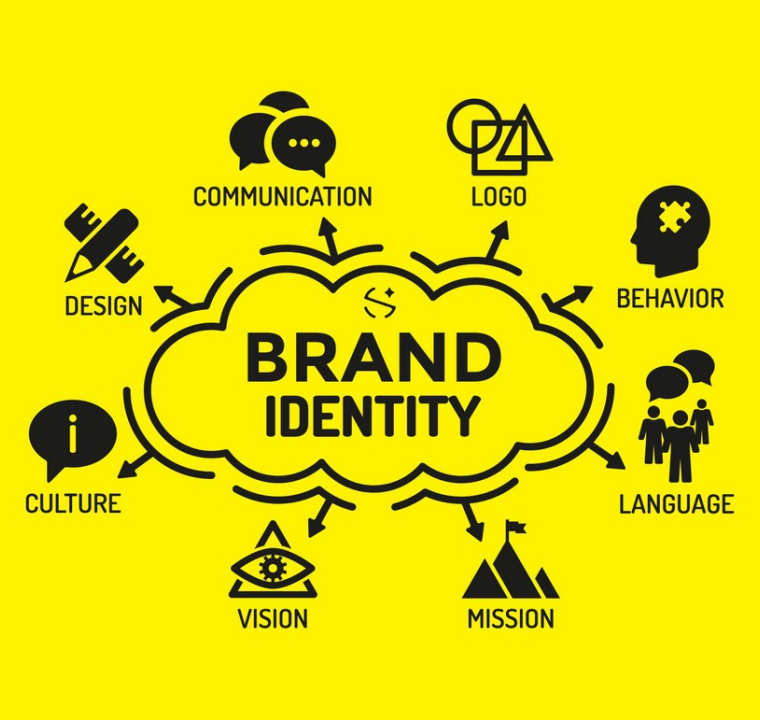In the competitive landscape of the digital age, establishing a strong and cohesive brand identity is paramount for businesses seeking recognition and loyalty. A brand is more than just a logo; it’s a complex interplay of visual and experiential elements that form a unique identity. In this article, we will explore seven essential brand identity elements that contribute to creating a cohesive and memorable brand identity.
The brand identity elements
1.Logo: The Visual Anchor of Your Brand:
The logo serves as the visual cornerstone of your brand identity. It’s the first thing customers recognize and associate with your business. A well-designed logo encapsulates the essence of your brand, conveying its personality, values, and purpose. Ensure that your logo is versatile, scalable, and resonates with your target audience.
2. Color Palette: Conveying Emotion and Personality:
The colors you choose for your brand play a crucial role in conveying emotions and shaping perceptions. Establish a distinct color palette that aligns with your brand personality. Consistency in color usage across various platforms, from your website to marketing materials, fosters brand recognition and reinforces the emotional connection with your audience.
3. Typography: Setting the Tone for Communication:
The choice of typography contributes significantly to the overall tone and personality of your brand. Whether sleek and modern or classic and timeless, the fonts you select should align with your brand’s character. Consistent use of typography in all communication materials, from websites to packaging, enhances brand cohesion and readability.
4. Brand Voice: Defining Your Communication Style:
Your brand voice is the personality expressed through written and verbal communication. Whether your tone is friendly, authoritative, or humorous, maintaining consistency across all communication channels is crucial. A well-defined brand voice builds authenticity and fosters a deeper connection with your audience.
5. Imagery and Photography Style: Creating a Visual Language:
The images and photography style associated with your brand contribute to the overall visual language. Consistent imagery helps convey a unified message and reinforces the brand’s aesthetic. Whether you opt for vibrant and dynamic visuals or a more subdued and classic approach, ensure that it aligns with your brand identity.
6. Brand Messaging: Crafting a Compelling Narrative:
Brand messaging goes beyond the tagline; it encompasses the overall narrative that defines your brand. Clearly articulate your brand’s mission, values, and unique selling propositions. Consistent messaging, whether in marketing campaigns or customer interactions, reinforces your brand identity and builds trust.
7. Brand Experience: Enriching Customer Interactions:
The brand experience is the sum of all interactions a customer has with your brand. From the user interface of your website to the packaging of your products, every touchpoint contributes to the overall brand experience. Consistency in delivering a positive and cohesive experience fosters brand loyalty and encourages repeat business.
Achieving Cohesiveness Across Elements:
Cohesiveness is the key to a strong brand identity. Ensure that each brand identity elements complements and reinforces the others. Here’s how to achieve unity across your brand identity elements:
1. Develop Brand Guidelines:
Create comprehensive brand guidelines that outline the proper usage of your brand identity elements. This document should cover everything from logo size and placement to color codes and tone of voice. Brand guidelines serve as a reference for anyone involved in creating brand-related materials.
2. Conduct Regular Audits:
Regularly audit your brand identity elements across various platforms to ensure consistency. Check your website, social media profiles, marketing materials, and any other touchpoints to verify that the brand identity elements are being used correctly and cohesively.
3. Seek Professional Assistance:
Consider engaging a professional designer or agency to ensure that your brand identity elements are expertly crafted. Professionals can help you create a visually appealing and cohesive identity that resonates with your target audience.
Conclusion:
Building a cohesive brand identity is a continuous process that requires careful consideration of various elements. From the visual impact of your logo to the nuanced tone of your brand voice, each component plays a crucial role in shaping how your audience perceives and connects with your branding agency. By focusing on these seven essential brand identity elements and ensuring their consistent application, you can create a powerful and memorable brand identity that stands out in the competitive landscape. Embrace the journey of crafting a cohesive brand, and watch as your business leaves a lasting impression on your audience.



